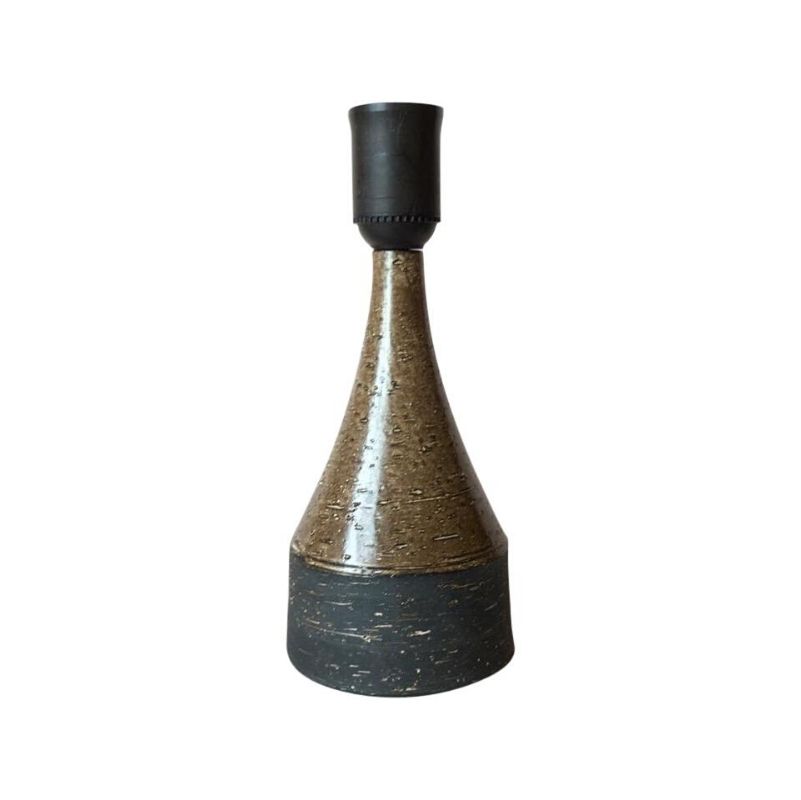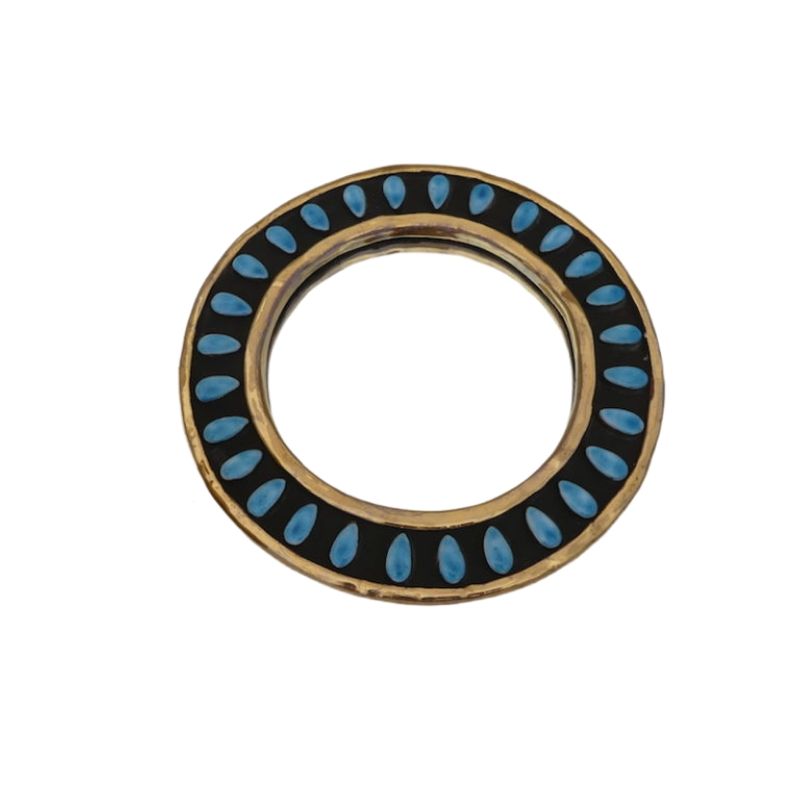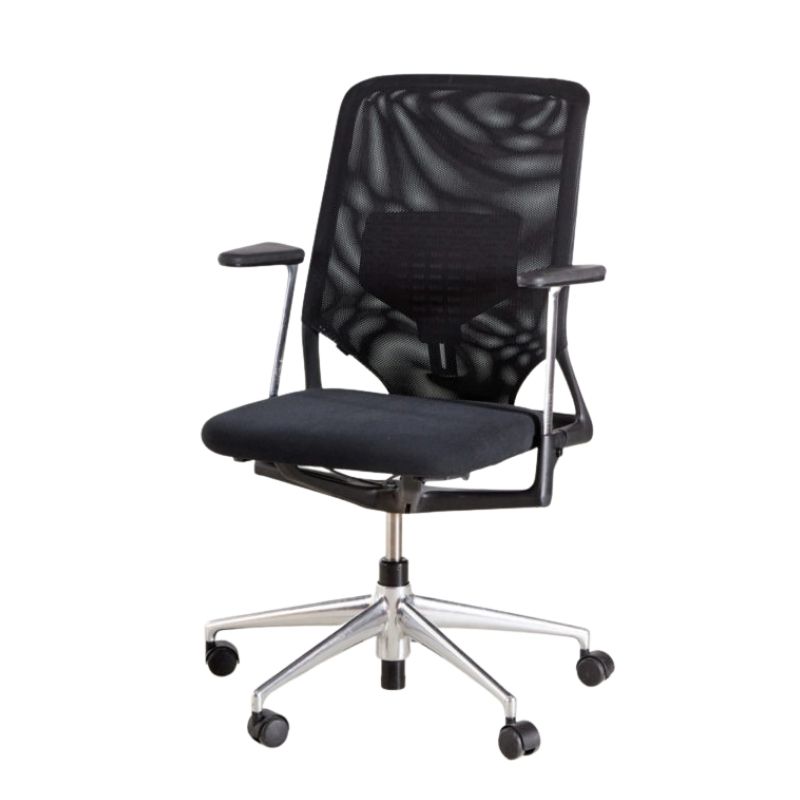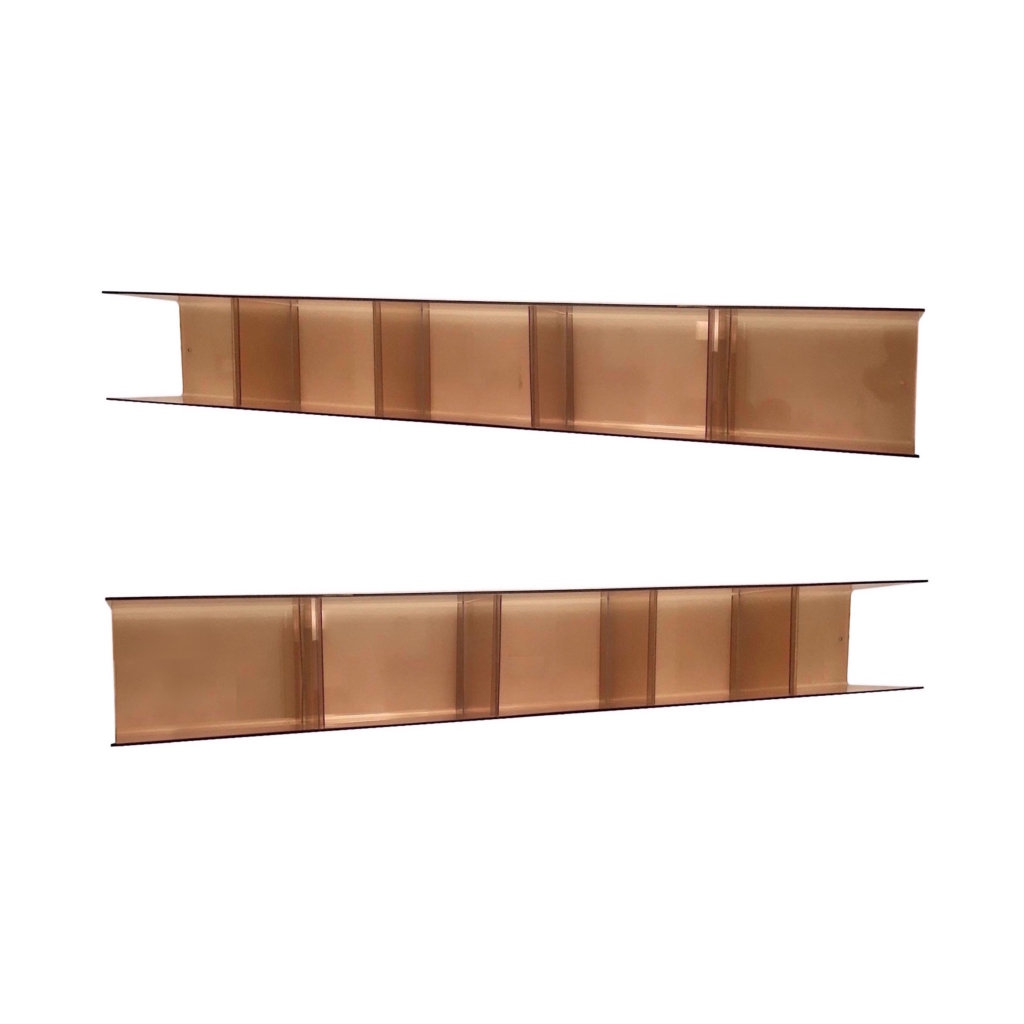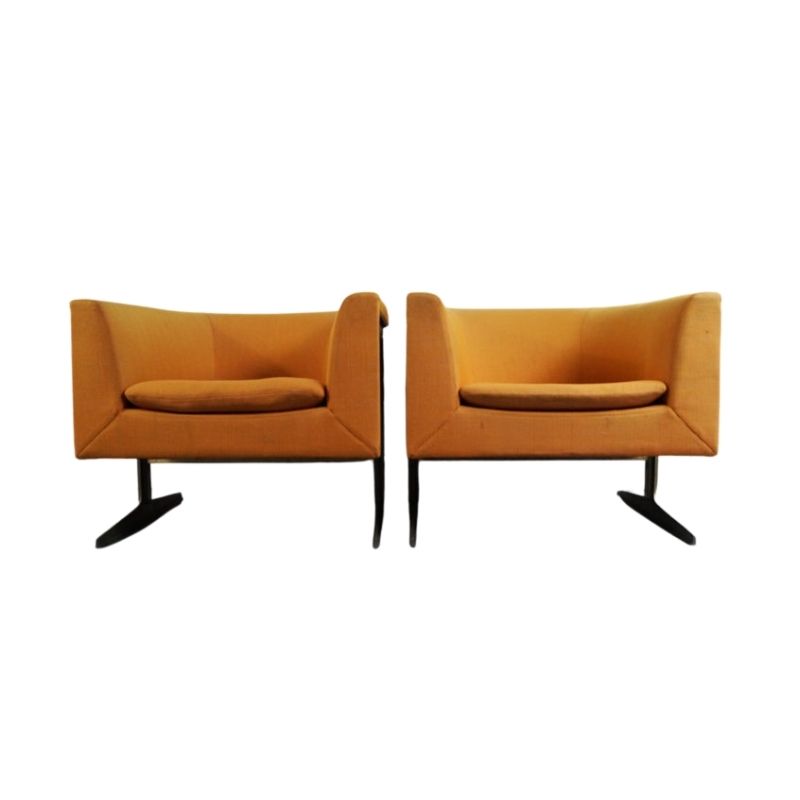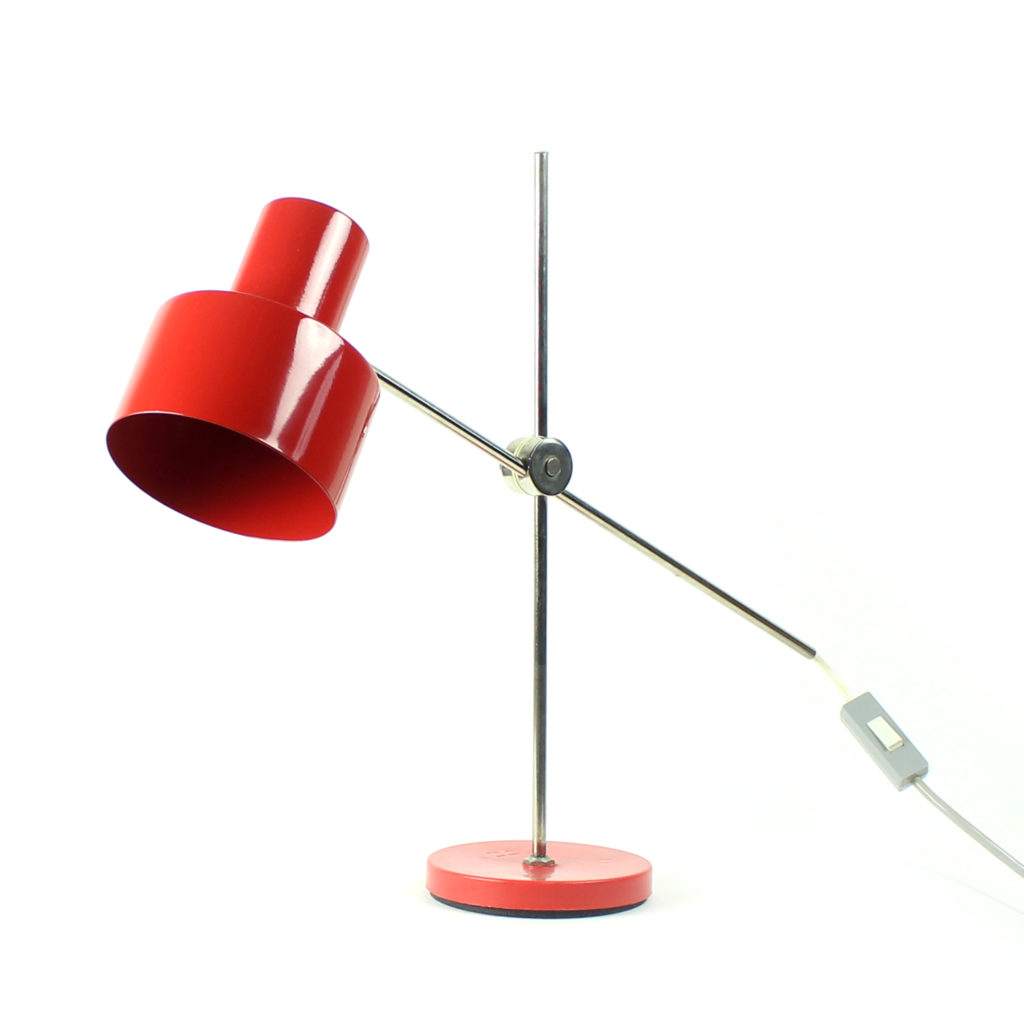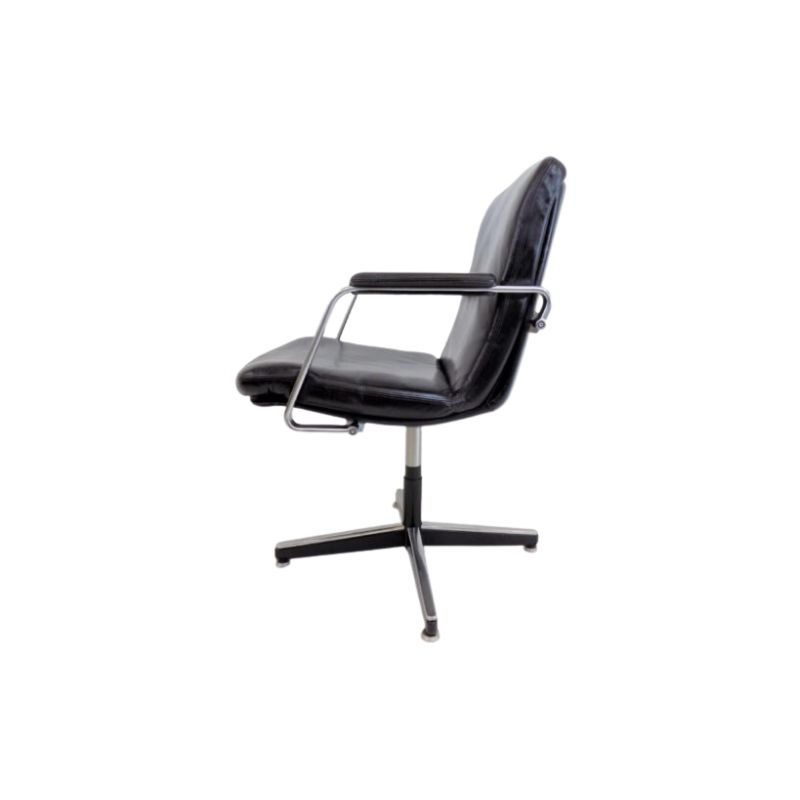Hello DA-ites.
I am wondering if any of you knowledgable folks know whether Frankl's cork topped dining table was made of "solid cork" (I've seen one piece referenced as such on 1st Dibs) or a veneer?
Has anyone had experience with refinishing a cork topped table?
I just acquired a dining table with the amber-colored cork top, but it has two issues:
1) A loss of varnish in one area of the table top
2) more significant: leaves are much darker than the rest of the table
Alhough I intend to use it without the leaves, I'd like to know if this can be remedied - either by lightening the leaves to match the pretty table (preferable) or darkening the table to match the leaves (ok, but less appealing). Are either of these options possible without damaging the integrity of the cork and original design?
Table is en route to me now so I only have seller's photos, but I'd welcome any opinions if you've had experience with restoring cork.
Also, I'm in southern California if anyone has any personal recommendations for restorers here. Thank you!

.
It can be restored to integrate the two color differences.
Not at all impossible, just tricky. The amber color does not go deep.
Probably just the surface varnish not exposed to light and has a patina.
A small chance that both surfaces may need to be treated independently...
the pale 'light exposed' and well used surfaces may be much lighter than the
stored, rarely used leaves, once sanded. What i mean is, sanding both surfaces may not result in 'like' surfaces.
Even a 1/8 inch cork can be sanded. Might be 1/4inch. I would wait until
you have it in hand and look for hints underneath to determine thickness.
If you have it restored to perfection, then store the leaves away in a
closet, you may soon have a mis-matched table in a very short time. The
exposure to light needs to remain the same at all times.
I have cork floors in my entry that continue into the coat closet. The closet
cork is identical to your leaves as are the leftover tiles that have been
stored since installation.
Thanks
For your heplful comments.
Rockland - do you think a restorer's experience with cork tiles would be relevant experience for restoring the table?
I have come across a couple restorers here that worked on cork tiles (one said cork was "retro" but getting more popular again, and used a "nice French lacquer" or something - sound familiar?) One reputable guy, who restored the amazing but very pricey set in Palm Springs that I saw (below), indicated cost to restore the table could be in the thousands...if that's the case I will certainly live with it as is. But, he does "museum" type restoration so I'm hoping there is a happy medium between him and the guy who said "I think the different colored leaves are an intentional part of the design."
Good point re equal exposure to light - if I get them entirely restored I'll have to keep that in mind. Maybe turn the leaves into an installation piece in the dining room when not in use!
Thanks again.
http://www.boulevardps.com/Exceptional-Paul-Frankl-Cork-Top-Dining-Set
hmm.
Not sure what i would do. I'm not at all familiar with the table or
the original design. Would it ever have been so heavily finished to such a
slick surface? Cork is lovely how it ages. Personally i would want to
keep the patina. I would determine the original finish, see what it needs
to protect the cork as is, store away the leaves, and live with it a few months
before sinking any money in it just yet.
Your call. If your home is slick and modern, you may not want corks natural
patina. I'm not sure anyone working with cork originally knew how it would
change over time. Much more than any wood surface i have seen.
Cork patina
I agree re preferring the more natural patina of the cork - I MUCH prefer the look of the table I bought - warts and all - to the very slick refinish job of the other pic I posted, even though it's beautiful (I figured the guy must be an expert to be allowed to refinish a set that retails for $18k).
I have seen pictures of these table refinished so that the lacquer essentially does cover up the natural cork look and texture, which I don't like at all. I have more warm wood and earth tones everywhere, which is what drew me to this table with its light yellow and visible cork grain.
Maybe I will just leave the leaves in a sunny room for a few months and see if they lighten! But if refinishing can only get me the more opaque look, I'd prefer au naturel. Except for the area where the varnish is gone on the table top - might need that taken care of just to protect the table.
Thanks again.
If you need any help, please contact us at – info@designaddict.com



